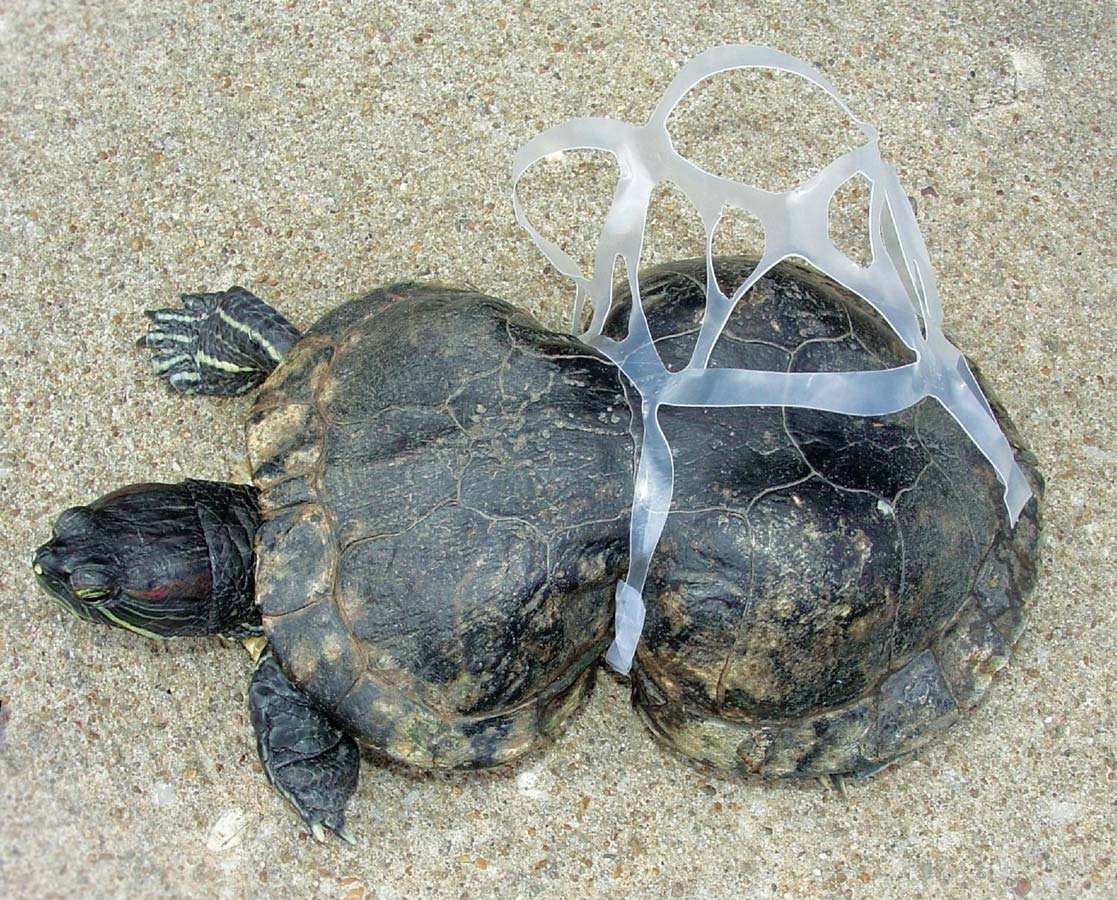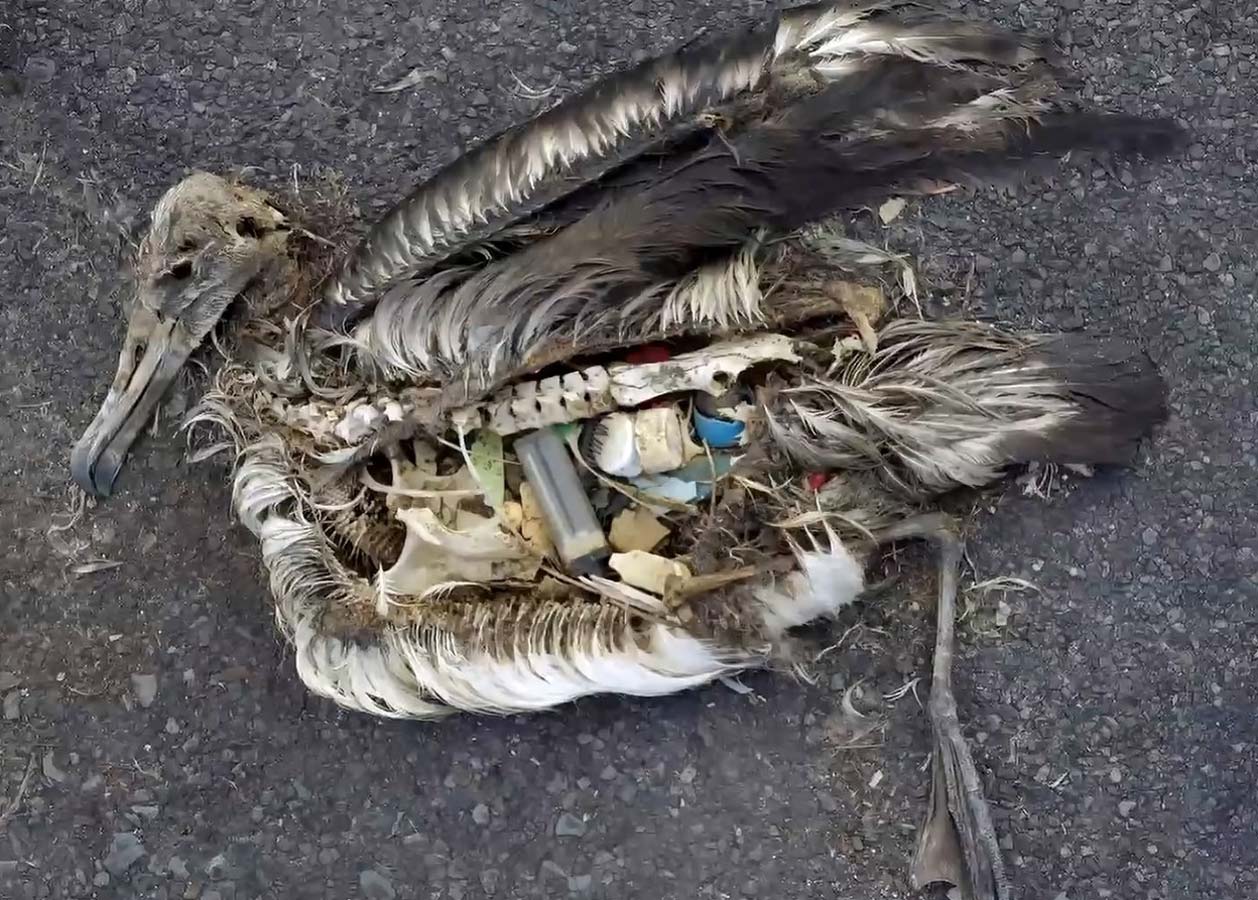Jenna Jambeck of the University of Georgia recently released a report that was absolute trash. In Plastic Waste Inputs From Land Into the Ocean, the environmental engineer and her team estimates that eight million tonnes of plastic are being dumped into the ocean each year – the equivalent of five grocery bags full of plastic debris for every foot of the world’s coastlines.
Using World Bank statistics of 192 countries’ waste streams, the report provides a stark picture of just how much plastic is being released into the sea. In a press conference at the American Association for the Advancement of Science, one of the study’s co-authors, Kara Lavendar Law, said that the amount of plastic estimated to be going into the water is equal to the amount of tuna being fished each year. Humans are essentially “taking out tuna and putting in plastic”, she said.
Unfortunately, Southeast Asia’s statistics in this area do not make for comfortable reading. Of the top ten countries responsible for plastic waste entering the ocean, five are in our region. Surya Chandak, a senior programme officer at the United Nations Environment Programme, cites the region’s growing economies and populations as prime culprits. “With the change in lifestyle and increasing affluence the use of plastic in these countries is growing. Correspondingly, the segregation, recycling and recovery of plastic waste has not kept pace with this growth,” he said.
On Jambeck’s roll call of shame, following clear ‘winner’ China, Indonesia is the highest-ranked Southeast Asian nation, in second place, with a total of 3.22 million metric tonnes of mismanaged plastic waste produced every year, of which up to 1.29 million tonnes is calculated to end up in the ocean. Next comes the Philippines in third, Vietnam in fourth, Thailand in sixth and Malaysia in eighth.
The Philippines already has a number of groups attempting to address the situation in the archipelagic nation, which has a coastal population of 83.4 million people, according to the report. Sharon Millan-Decano is chairwoman of Clean Up the Philippines Movement Inc (CUPMI), an organisation that was formed in 2005 and undertakes initiatives such as grassroots clean ups, organising educational film festivals on the subject of pollution and co-sponsoring a regional conference named Let’s Do It, which focuses on building environmental partnerships and sustainable clean-up operations.

“The culprit for the ocean pollution in [the Philippines] is the indifferent attitude people have to disposing of waste properly,” said Millan-Decano. “To put things in proper perspective, the government’s efforts are not enough. That is why we need to call on the people to do their own share.”
With global plastic production increasing 620% since 1974, according to Jambeck’s report, plastic has truly become a staple of modern life.
“From what I have gathered through my own research, [the region’s plastic waste problem] started in the 1960s and 1970s when plastics began to replace banana leaves as the primary food containers,” said Kelly Heber Dunning, a PhD Student focused on natural resource management in the MIT Science Impact Collaborative.
Dunning, who is writing her dissertation on collaborative coral reef management in Indonesian and Malaysian villages, sees Bali as the “worst-case scenario” in the region. “The tide goes out in small coral reef villages on the north part of the island, and the trash line at low tide is like a rainbow on the black volcanic sand,” she said. “I have never seen anything like it.”
“The tide goes out in small coral reef villages on the north part of the island, and the trash line at low tide is like a rainbow on the black volcanic sand,”
Kelly Heber Dunning
She recalled a cab journey in Java where her driver threw his food container out of the window without a second thought, explaining that this was the “Balinese way”. However, she is quick to add that placing the blame solely on locals is wrong.
“That is a misconception that I hear a lot in the field,” she says. “People blame the Balinese or the locals on the islands popular among divers. Local people cannot produce trash at the rate that the waves and waves of tourists from wealthy countries in the West are capable of. People from the West need to think about their own impacts and try to reduce [their waste] when on vacation.”
Ocean Conservancy is a non-profit environmental advocacy group founded in 1972 and based in Washington DC. For the past 25 years it has organised the annual International Coastal Clean-up, the world’s largest volunteer ocean-cleaning effort, which the organisation estimates has removed a total of almost 66 million kilograms of trash from beaches.

According to Nick Mallos, director of the Trash Free Seas Programme at Ocean Conservancy, there are “multiple tiers of responsibility” for the dire state of plastic waste input into the ocean. “As individuals, on a day-to-day basis, we can make smarter, more informed purchases that try to minimise the amount of plastic products we’re using,” he added. “We can think about what small incremental changes we can make that have a very large impact when done collectively.”
In 2012, Ocean Conservancy founded the Trash Free Seas Alliance, a group that brings together leading industry, science and non-profit players towards a goal of effecting change in environmental policy. Members include the Coca-Cola Company, Conservation International and the Dow Chemical Company. Mallos believes that bringing these big guns to the table, along with governments, is key.
“Government has a very large role to play in pushing out public awareness campaigns… It’s not just a problem in Southeast Asia but is linked to [the bigger picture of] development. Ten to 15 years from now, if we don’t change our habits, it may be countries in Africa that are rapidly growing and following in [Southeast Asia’s] footsteps,” he said. “Industry – the makers of these plastic products – has a role to play as well in terms of supporting education to ensure that people know their options.”
Surya Prakash Chandak, a senior programme officer at the United Nations Environment Programme, echoed the sentiment. “We need to effect consumer behavioural change,” he said. “[We need to] try to educate and raise awareness among consumers to use less plastics and – to the greatest extent possible – reuse, recycle and segregate the plastics so they don’t find their way into the ocean.”
Jambeck’s research paints a bleak picture if things continue unchecked. According to her report, total plastic in the world’s oceans is expected to double by 2025, when it will reach about 170 million tonnes. Perhaps more worryingly, according to forecasts from Jambeck’s report, worldwide plastic production isn’t expected to reach its apex until 2100.
But there are pockets of hope, even within the plastic pollution powerhouse that is Indonesia. According to a story in the Jakarta Post, an enterprising inventor named Ida Bagus Ketut Atmaja uses augmented furnaces to transform plastic waste into fuel for cooking and powering vehicles in Bali. Looking further afield, Bionic Yarn, a green fashion line co-designed by pop star Pharrell Williams, is turning plastic fished from the ocean into denim clothes.
Despite her astonishing findings, Jambeck is optimistic about civilisation’s capacity to adapt. “We can change the way we think about waste,” she said. “We can value the management of it. We can collect it, capture it and contain it. We can open up new jobs and opportunities for economic innovation and, in addition, improve the living conditions and health of millions of people around the world while protecting our oceans.”



